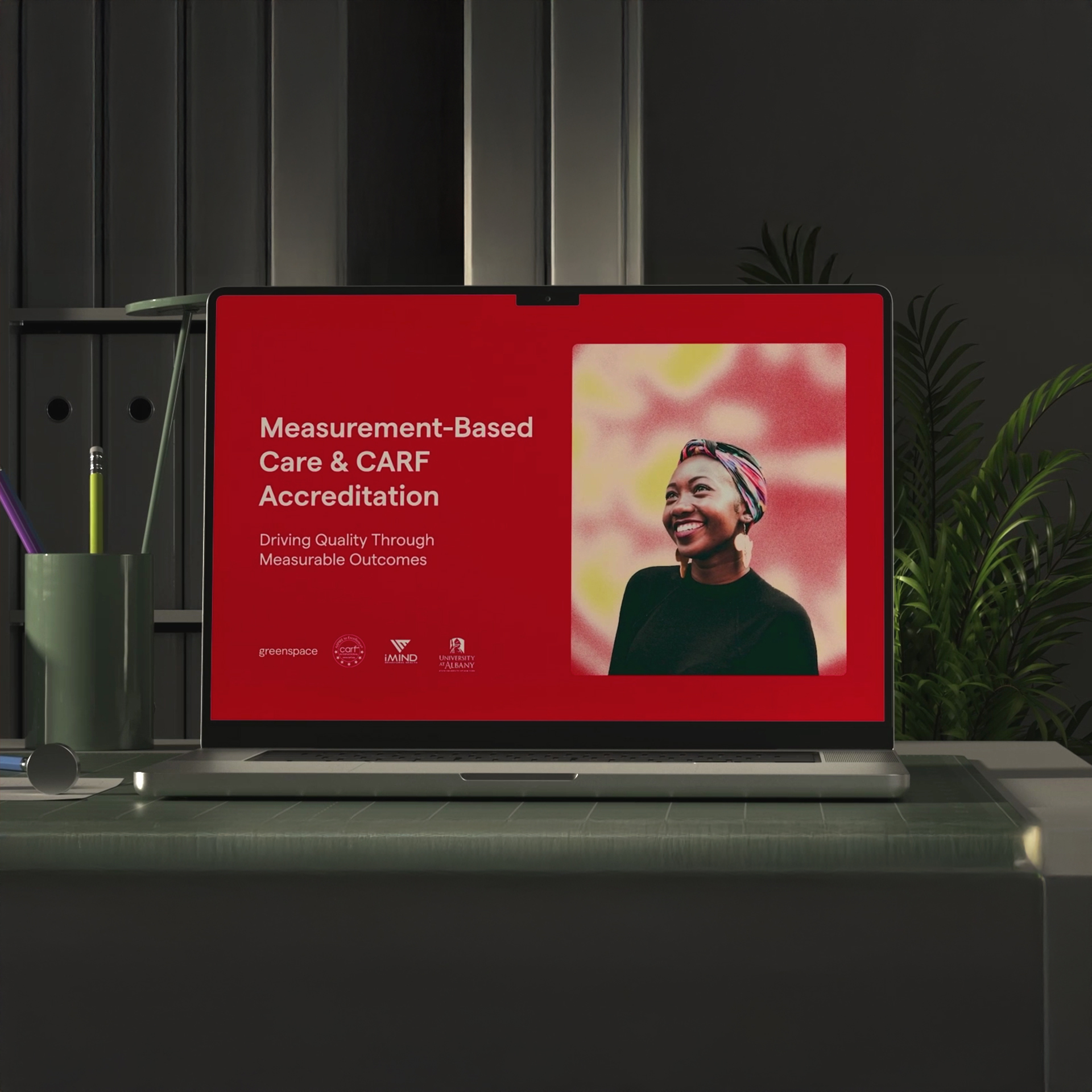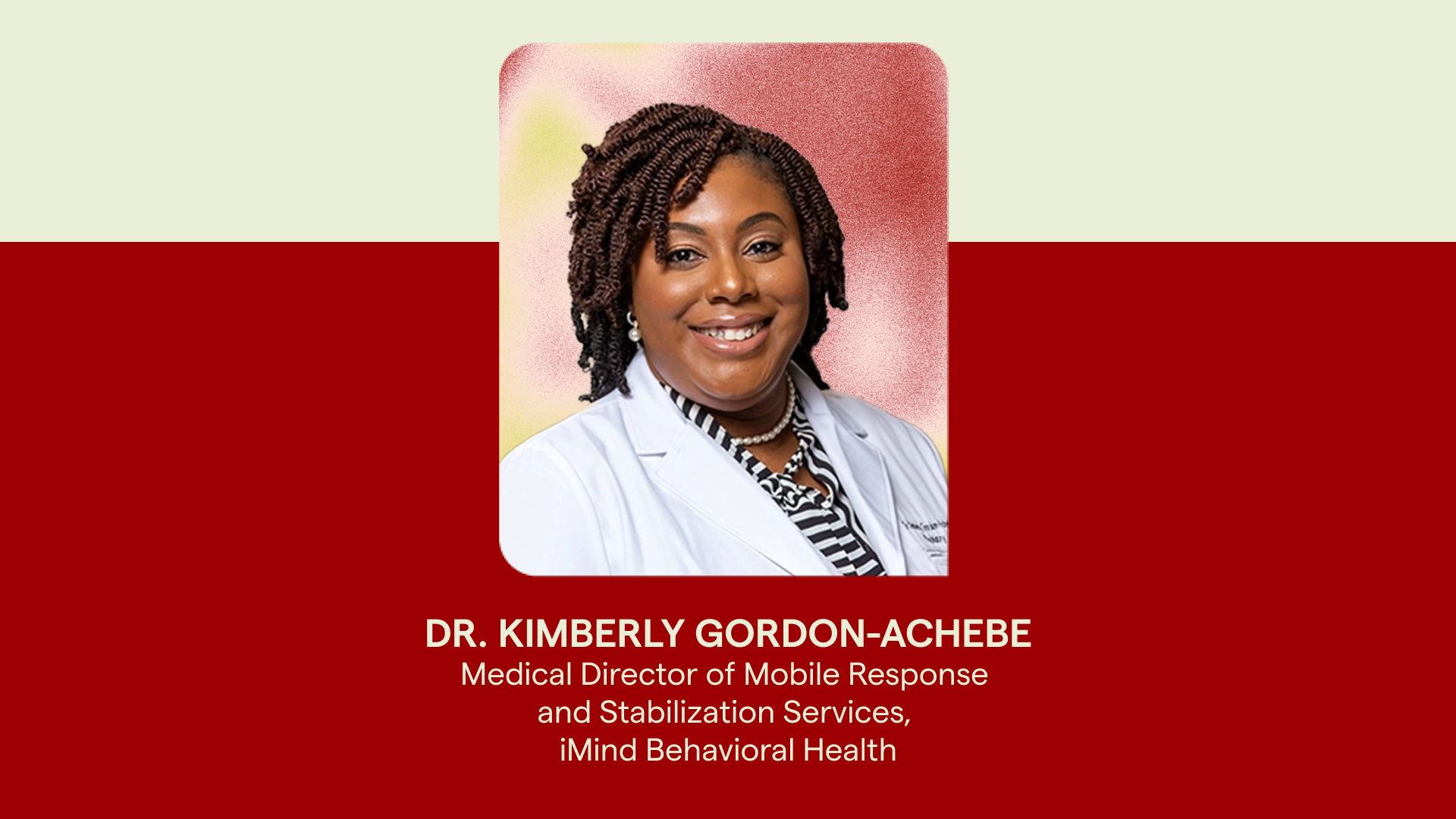
We’re thrilled to be hosting another educational webinar next month: How to Measure and Improve Therapeutic Alliance. In preparation for this event, we had the pleasure of sitting down with one of our panelists, Dr. Brent Mallinckrodt to learn more about his leadership and work focused on the Therapeutic Alliance.
Dr. Brent Mallinckrodt has dedicated much of his career to researching the counseling relationship, and in 2015 he developed the Brief Revised Working Alliance Inventory (BR-WAI) with his colleague Yakob Tekie. Today, he is a professor of psychology at Western Washington University in Bellingham, where he teaches Psychology and offers clinical supervision within their Masters Program.
Read our interview below, where Dr. Mallinckrodt shares some background on his career and his insights on the value and impact of measuring the therapeutic alliance in treatment.
Let’s jump in!
What is the value of using evidence-based measures in treatment?
“Think of it this way, imagine you and I are meeting for lunch in Toronto. You’ve been to Toronto before, you have a good intuitive sense of direction and decades of experience driving. Why might you use a GPS to map your way? Well, all the reasons you should use a GPS are the reasons we should use measurement in our clinical applications.
Just like using a GPS helps us navigate new territory with more confidence, using evidence-based measures in treatment helps us make sure we’re on the right path with our clients. Experienced therapists may have a well-developed sense of whether a client is making progress, but using measurements ensures that we’re being efficient and not taking any wrong turns.
In my view, evidence based measurement is essential in every treatment circumstance, but it becomes vital—and I would say a matter of professional responsibility—the more culturally different my client is from me, the more I am deploying techniques relatively new for me, and the more certain I want to be that I’m on the right path, instead of merely assuming that I am”.
Why is a strong therapeutic alliance so important in treatment?
“When it comes down to it, every psychological treatment delivered from one person to another involves a relationship— regardless of the techniques or approach used. At its core, success is centered around building a strong and healthy bond between client and clinician. Effective treatment requires an effective partnership.
That partnership, or working alliance, consists of three components and each is independently important:
The first is the bond—the component of trust and mutual respect—which forms the core of the relationship. We know from medical research that when patients like and respect their doctor or nurse, they are more compliant with medical directives. When the therapeutic alliance is strong, clients are more willing to do the difficult work of therapy, as a strong bond helps create a safe place for clients to disclose and explore traumatic experiences.
The next two—the tasks and goals of therapy—are needed in order to align on the direction and nature of our work with clients. When clients and therapists are in close alignment about their mutual destination, as well as how to get there, it’s much more likely that they will make progress towards them.
Ultimately, an effective alliance involves a strong sense of mutual partnership. Measuring that alliance lets you know whether you have a strong partnership or not, and helps you understand how to improve it.
Through my research, I’ve come to realize that for some clients who haven’t had a secure attachment relationship in the past, building a secure alliance becomes the psychotherapy goal in itself. When that hard won secure attachment in the alliance is achieved, most of the therapeutic work may be complete.”
Can you outline your experience using the Working Alliance Inventory measure and what prompted you to create the revised version (BR-WAI)?
“I’ve been around long enough to have been exposed to the original WAI when it was a new measure, and there was a great deal of excitement about it among my faculty at the University of Maryland. Since the beginning, I’ve used it extensively in my own research and I’ve strongly encouraged the students I clinically supervise to use it.
One drawback is the time required to administer the original measure of 36 items– especially in applied settings. Several brief forms have been developed over the years, but I haven’t come across any that were guided by Item Response Theory (IRT), which helps identify a reduced subset of items that preserves as much of the informationl content from the full scale as possible.
I also had some questions about the original frequency-based, 7-point WAI response scale. My research suggested that response choices like “rarely,” “occasionally,” or “sometimes” tend to be used by clients interchangeably. We’ve substituted a 5-point Likert “strongly disagree” to “strongly agree” format that seems to effectively reduce measurement “noise”. In addition to being easier to use in practice thanks to its brevity, we have some evidence to suggest that because of the improved response scale, the 18 item BR-WAI may do an equal or better job of assessing change than the full measure.
Yakob Tekie, who I worked alongside to develop the BR-WAI, played a key role as well. At the time he was a doctoral student from Eritria, where he worked with people who were survivors of political torture and dealing with extreme trauma. His experience as an international student and as a person steeped in trauma recovery theory and treatment really helped to inform the article”.
What research do you find helpful and cite or share on therapeutic alliance? What resources are available for therapists who want to better understand the BR-WAI?
“There are a few helpful general readings about the alliance that I use with my Masters students and have used with Doctoral students in the past:
- Wampold and Imel’s “The Great Psychotherapy Debate” is a very readable and accessible work about the importance of the alliance and the relationship in general.
- Volume 1 of the edited book by John C. Norcross and Michael J. Lambert called “Psychotherapy Relationships that Work” has three chapters (chapters 2,3, & 4) that are a great, basic go-to resource about the working alliance and it’s research.
- To delve into the technical details of the BR-WAI and why we chose the particular items within the assessment, I suggest the 2015 article I co-wrote with Yakob Tekie, in the Psychotherapy Research journal.”
Final Thoughts
A massive thank you to Dr. Brent Mallinckrodt for sharing his insights and expertise with us in this interview, and on our upcoming webinar. It’s refreshing to hear him speaking so passionately about the purpose and impact of therapeutic alliance, which he has dedicated a significant portion of his career to researching and improving.
To learn more about the therapeutic relationship, join us on February 23rd at 1 PM EST for our virtual panel: How to Measure and Improve Therapeutic Alliance and hear from both Dr. Mallinckrodt and Emily Miller, Masters Level Psychotherapist and National Clinical Counselor from Pinebrook Family Answers in Pennsylvania. Don’t miss this opportunity to deepen your understanding of this important topic.












